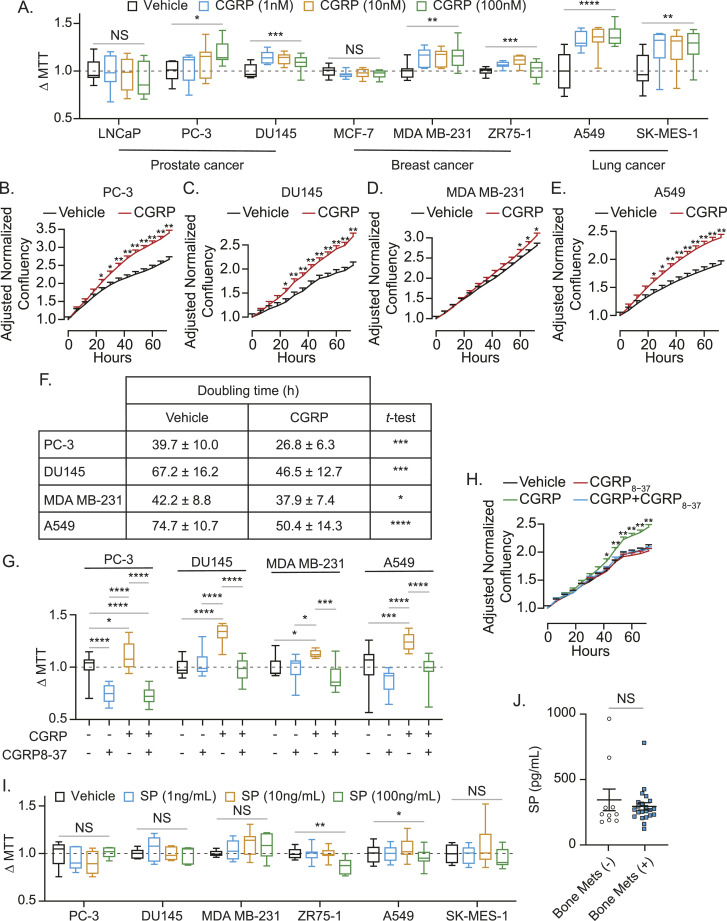Figure 7. CGRP induces proliferation of human cancer cell lines that metastasize to the bone through CRLR, but SP fails to induce their proliferation.
(A) Box plots of cell viability (MTT) assays ± calcitonin gene–related peptide (CGRP) of human cancer cell lines (LNCaP, PC-3, DU145, MCF-7, ZR75-1, MDA MB-231, SK-MES-1, and A549) for 48 h. P ≤ 0.05 is considered as statistically significant (one-way ANOVA). (B, C, D, E) IncuCyte ZOOM cell proliferation assays ± CGRP of human bone metastatic cancer cell lines (B) PC-3, (C) DU145, (D) MDA MB-231, and (E) A549 for 72 h. Data are the mean ± SEM. Significance versus vehicle (mixed-effects models). (F) Doubling time ± CGRP of human bone metastatic cancer cell lines (PC-3, DU145, MDA MB-231, and A549) for 72 h. Data are the mean ± SEM. Significance versus vehicle (t test). *P ≤ 0.05, **P ≤ 0.01, ***P ≤ 0.001, and ****P ≤ 0.0001. (G) Box plots of cell viability (MTT) assays ± calcitonin gene–related peptide (CGRP) ± CGRP8-37 (calcitonin receptor–like receptor inhibitor) of human cancer cell lines (PC3, DU145, MDA MB-231, and A549) for 48 h. P ≤ 0.05 is considered as statistically significant (one-way ANOVA, Tukey’s multiple comparisons). (H) IncuCyte ZOOM cell proliferation assays ± CGRP ± CGRP8-37 of DU145 for 72 h. Data are the mean ± SEM. Significance versus vehicle (mixed-effects models). (I) Box plots of cell viability (MTT) assays ± substance P (SP) of human cancer cell lines (PC-3, DU145, ZR75-1, MDA MB-231, SK-MES-1, and A549) for 48 h. P ≤ 0.05 is considered as statistically significant (one-way ANOVA). (J) Plasma SP levels of prostate cancer patients without (n = 11) and with (n = 22) bone metastasis. Data are the mean ± SEM (t test). *P ≤ 0.05, **P ≤ 0.01, ***P ≤ 0.001, and ****P ≤ 0.0001.

